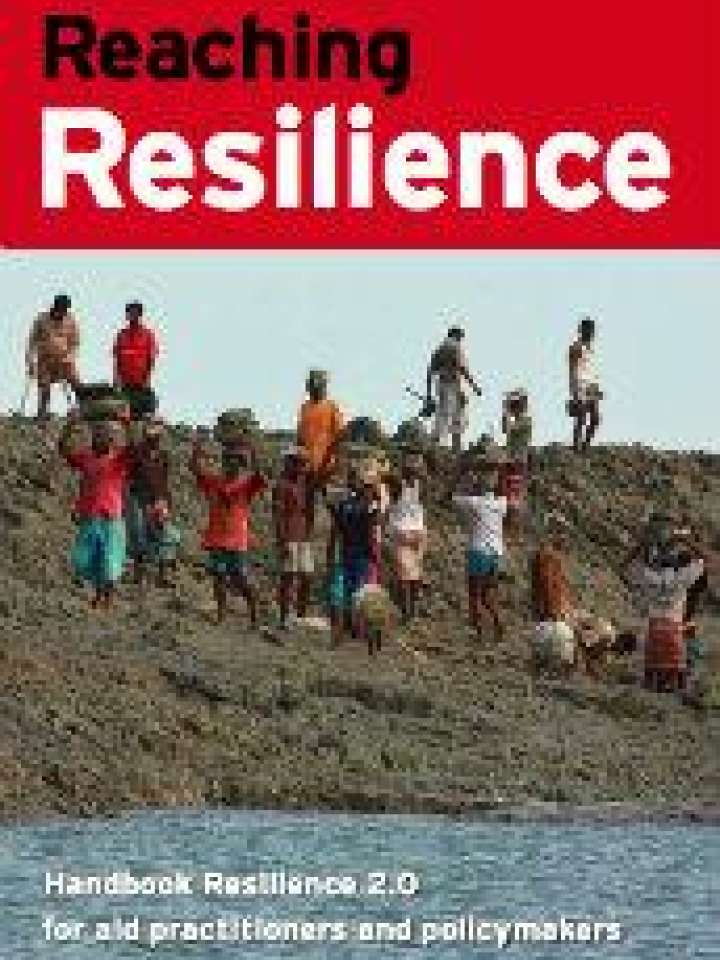Reaching resilience: Handbook resilience 2.0 for aid practitioners and policymakers
This handbook is designed to encourage thinking and provide insights and ideas about how to design well-integrated, step-by-step actions and strategies to foster resilience at the local level. The handbook aims to support students and young professionals in their Disaster Risk Reduction, Climate Change Adaptation and Poverty Reduction related work and secondly to acquaint policymakers involved in these three domains with the integration issue and help them to take a resilience 2.0 approach into their (present or future) daily work.
The handbook provides action points and messages that are widely applicable but their conditions for success contextualized – it does not offer a ‘one-size-fits-all’ approach. Readers are encouraged to approach the key points with an open mind and be willing to experiment, to reflect and be creative in their thinking to apply the action points in their specific context. They are further encouraged to actively look for opportunities to engage with stakeholders with whom they usually do not engage. The key points further enable practitioners, managers and policy-makers to reflect on the interactions and processes occurring during multi-stakeholder processes when identifying, shaping, and implementing interventions that intend to integrate the three realms.
Explore further
